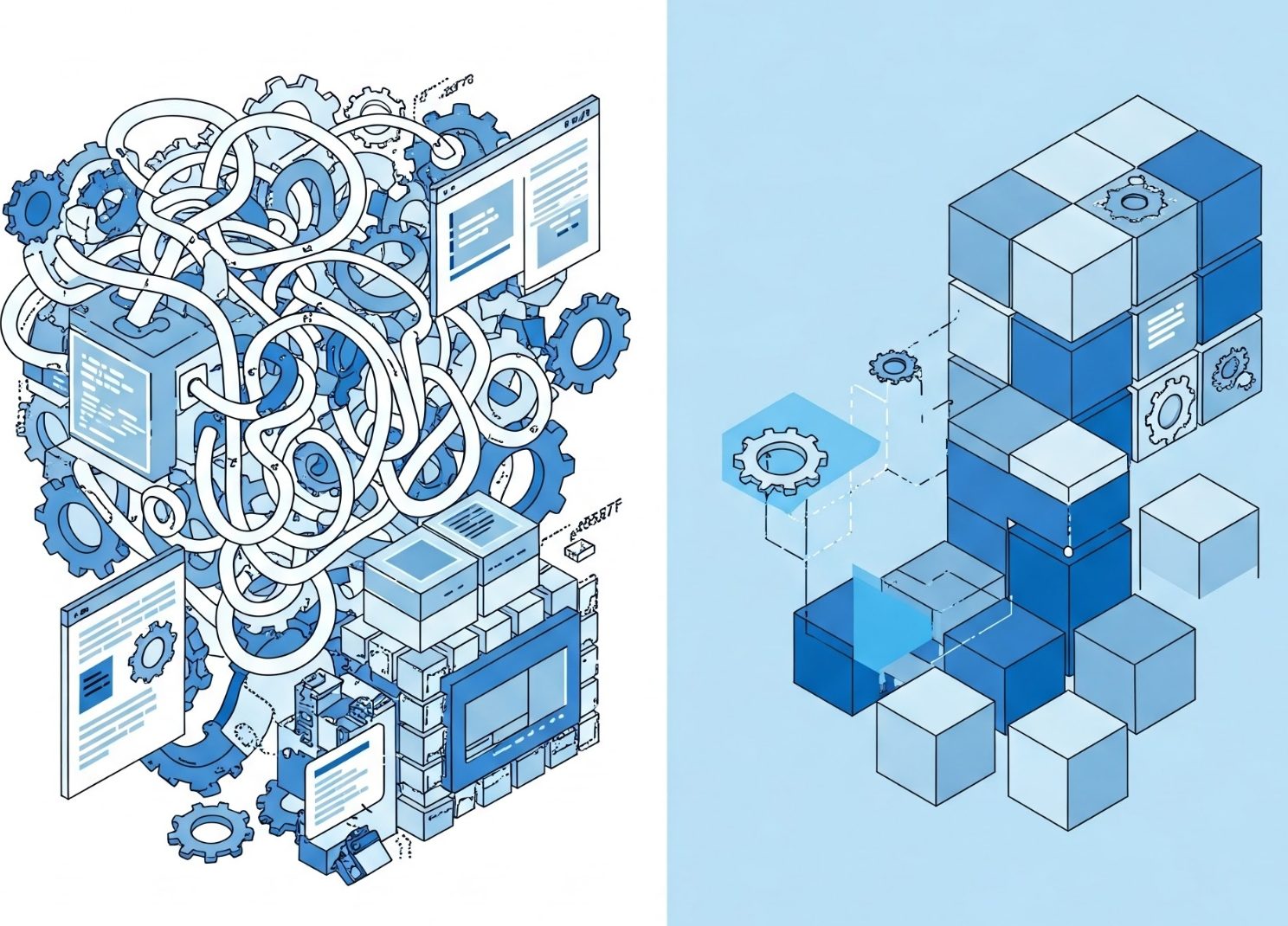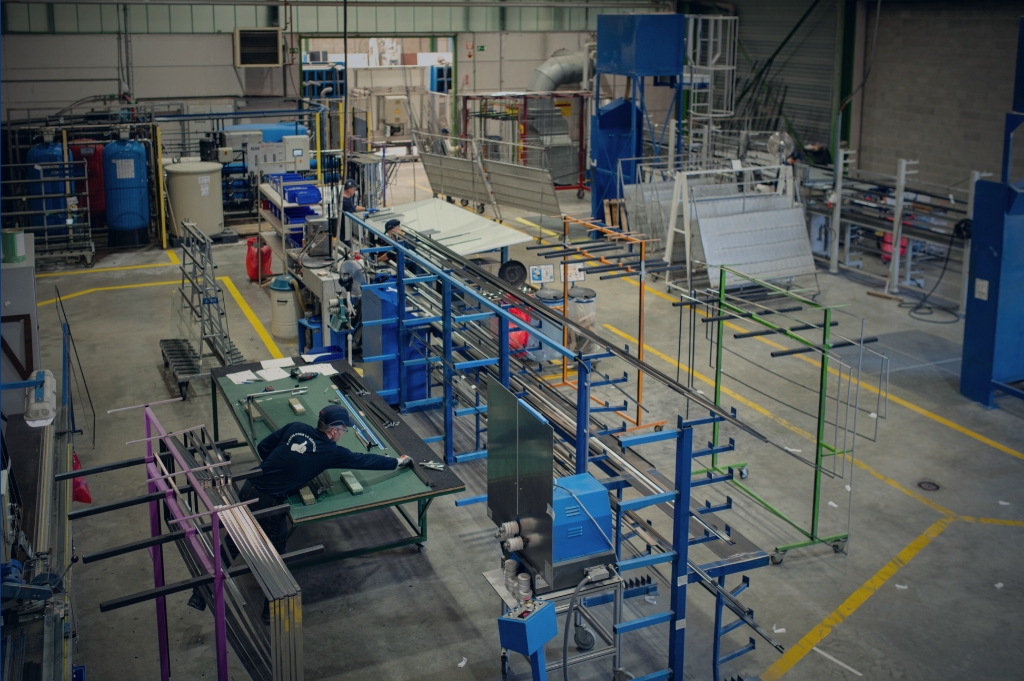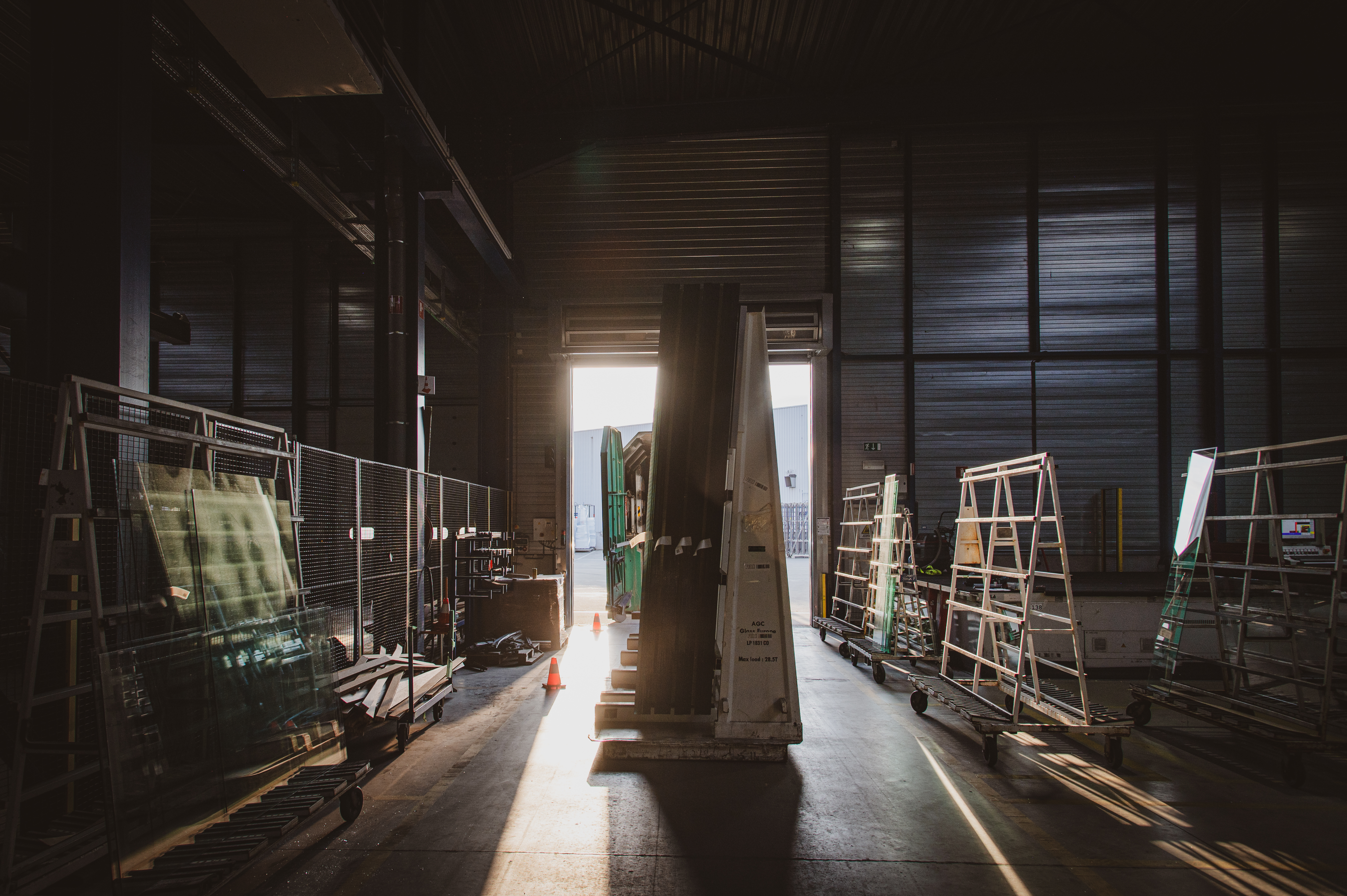Do cutting errors feel like an unavoidable part of your production process? Are wasted glass and high scrap rates draining your profits? You’re not alone. Glass processors everywhere face the same challenges – time lost, materials wasted, and profit margins shrinking.
Whether it’s inefficient cutting layouts, lack of automation, or poor machine calibration, every mistake impacts your bottom line. And the stakes are high: clients expect precision, and glass processing leaves little room for error.
At Synerglass-Soft, our team of experts has years of experience helping glass processors with cutting-edge software solutions for the glass industry, including cutting optimization. Our advanced optimization module helps manufacturers reduce waste, improve efficiency, and maximize material utilization.
This article will explore the most common cutting mistakes in the glass industry and how to avoid them with the right optimization tools and techniques.
Why cutting glass is challenging
Cutting glass might seem straightforward at first glance, but anyone in the industry knows it’s far from simple. Here’s why:
- Glass sheet utilization: Each large sheet (often 6×3 meters) needs to be carefully optimized to minimize scrap rate.
- Production constraints: Depending on whether a facility has a sorting center, different rules apply to how glass is stacked, transported, and processed.
- Automation & efficiency: Advanced software can handle cutting optimization better than manual processes, reducing human error and improving speed.
Understanding these challenges is the foundation for improving your cutting process, but the right software is equally important. The right software optimizes every cut, considers production constraints, and automates the sequencing of glass pieces to minimize waste and improve efficiency.
Learn more about the difference between industry-specific ERP systems and generic ones here.
Deep dive: common cutting mistakes and their root causes
In the following sections, we will break down some of the 6 most common cutting mistakes that lead to high scrap rates. For each, we’ll explore the underlying causes and offer actionable solutions to help you optimize your cutting processes and reduce scrap rates. Let’s start with measurement errors, which are one of the most frequent contributors to inefficiencies.
Mistake #1 – Poor measurement practices lead to high scrap rates
The problem:
Precision in measurement is the foundation of glass cutting optimization, and these mistakes are among the most common causes of wasted glass. Even a slight miscalculation can result in incorrect dimensions, forcing you to discard material.
The impact:
Incorrect measurements lead to misfit glass pieces, significantly increasing scrap rates and material costs. The actual impact depends on process efficiency and optimization level.
Example:
A worker manually measures a glass sheet but miscalculates by a few millimeters. The resulting misfit piece cannot be used, increasing scrap rates and requiring re-cutting. That is both time and materials wasted.
How to solve:
- Use digital measuring tools to eliminate manual errors.
- Implement a double-check system where two operators verify measurements before cutting.
- Integrate measurement validation into the optimization software to detect inconsistencies before cutting begins.
Mistake #2 – Inefficient glass optimization leads to excessive waste
The problem:
Many glass manufacturers do not use advanced optimization software, leading to inefficient layouts and wasted material. Without a good optimization algorithm, large offcuts remain unused, increasing costs.
The impact:
Poor optimization leads to excessive waste, as inefficient layouts generate high scrap rates. This not only increases material costs but also slows down production.
The role of optimization tools:
Software with optimization tools uses an algorithm to arrange glass cuts efficiently on a sheet, considering constraints like:
- Cutting sequences (to avoid unnecessary waste).
- Stack order (so glass pieces are arranged correctly for production).
- Sorting center compatibility (when applicable).
How to solve:
Leverage cutting optimization software to calculate the most efficient cutting layouts automatically:
- Use the software’s algorithm to combine compatible pieces (e.g., merging two triangles into a rectangle to reduce waste).
- Allow the software to group optimizations together to avoid unnecessary offcuts and give more glass to the optimization algorithm for better results.
Mistake #3 – Ignoring production constraints in optimization
The problem:
Every facility has a unique setup and organization. Ignoring these factors can disrupt production flow and slow down operations.
- No sorting center: Glass is manually stacked, meaning pieces must be cut in the correct order to prevent misplacement.
- With a sorting center: Glass is stored in automated slots, allowing more flexibility in cutting order.
The impact:
Failure to account for production constraints can cause misalignment in stacking and sequencing, leading to workflow disruptions. In facilities without a sorting center, glass may be cut in an order that complicates handling, increasing labor time and reducing production efficiency.
Example:
In a facility without a sorting center, an operator stacks glass pieces in the wrong order after cutting. This disrupts the production flow, causing delays and inefficient handling.
How to solve:
- Ensure your optimization software prioritizes the stacking order when no sorting center is present, even if it slightly impacts the scrap rate – except for rare materials, where some disorder is acceptable.
- If a sorting center is available, integrate it with the optimization software for automated sequencing.
- Define parameters in the software to adjust cutting logic based on facility type.
Mistake #4 – Poor equipment maintenance causes cutting inconsistencies
The problem
Dull cutting wheels, misaligned machinery, and improper lubrication can negatively affect glass cutting precision, leading to chipped edges and unusable glass.
The impact
Poorly maintained equipment increases the risk of:
- Glass breakage during cutting, requiring re-optimization and reprocessing.
- Inaccurate cuts, leading to misfit glass that cannot be used.
- Production slowdowns, as operators need to make manual adjustments to compensate for failing equipment.
Example: A cutting wheel that hasn’t been replaced on time begins producing uneven cuts. The operator notices the issue when defective glass is produced, requiring reprocessing to replace the faulty piece.
How to solve:
Perform routine maintenance on cutting equipment to prevent alignment issues. Use the following step-by-step checklist for regular maintenance:
- Inspect cutting wheels weekly.
- Calibrate cutting machines quarterly.
- Clean machinery to prevent debris from affecting cuts.
Mistake #5 – Failure to adapt to real-time changes in production
The problem:
Glass processing is dynamic – breakages, defects, or last-minute order changes require real-time optimization adjustments. Many manufacturers lack a system that can adapt quickly.
How to solve it:
- Use an optimization server that can track breakages and defects in real-time by integrating defective glasses and automated sequencing adjustments.
- Enable automated re-optimization so broken or defective glass is immediately recalculated into a new cutting plan.
- Define acceptable scrap rates per glass type within the software to ensure material efficiency.
The role of the system, and more specifically the optimization server:
An optimization server (like the one available with Symbiose’s optimization module) works in real-time by:
- Communicating directly with the cutting table.
- Automatically recalculating optimization plans when breakages occur.
- Adapting production sequencing based on changing demand.
Mistake #6 – Not optimizing for production speed and workflow
The problem:
Some glass manufacturers do not balance cutting optimization with production speed, causing bottlenecks. Different production lines operate at different speeds, which must be considered.
The role of optimization:
Glass production lines don’t operate at the same speed – some handle small pieces quickly, while others process large glasses more slowly. Without optimization, production bottlenecks occur, delaying output and reducing efficiency
Example: If a fast-moving line finishes cutting before a slow-moving one is ready, glass can pile up, creating inefficiencies. Optimization software dynamically adjusts cutting sequences to maintain a balanced workflow.
How to solve it:
- Use dynamic production sequencing to balance workload across different lines.
- Adjust the composition of the glass sheets dynamically based on real-time production flow.
- Use software to anticipate upcoming cuts and optimize in advance.
The hidden costs of cutting mistakes
Ignoring optimization doesn’t just create waste – it also affects profitability and customer satisfaction. Every inefficient cutting has a ripple effect that goes beyond the immediate cost of wasted glass:
- Material waste: Every unnecessary offcut is money lost.
- Production slowdowns: Poor optimization disrupts workflow.
- Increased labor costs: Manual corrections take time and resources.
The hidden costs of cutting mistakes can be significant. Cutting inefficiencies lead to material losses that, over time, result in significant financial costs. The impact depends on production volume and how well optimization tools are integrated into the workflow
Key technical insights to master glass cutting
Insight #1: Adaptation to breakages and defects
Breakages happen, but how quickly they’re managed determines efficiency. With traditional cutting, operators must manually adjust schedules, leading to wasted material and delays.
With real-time optimization software, breakages are immediately detected, and the system recalculates the cutting plan, minimizing scrap and maintaining workflow.
Insight #2: Optimizing cut paths for maximum yield
Poorly planned cuts increase scrap rates. Optimization software automatically arranges pieces for the best material use, even combining shapes (e.g., two triangles into a rectangle) to reduce waste.
It also incorporates reusable offcuts when possible, ensuring every sheet is used efficiently.
Insight #3: Managing cutting constraints for seamless production
Cutting order must align with factory constraints:
- Without a sorting center: The software ensures glass is stacked correctly for manual handling.
- With a sorting center: The system optimizes freely, as pieces are retrieved automatically.
Proper sequencing prevents misalignment and workflow disruptions.
Insight #4: Automating cutting with server-based optimization
An optimization server, like Symbiose’s, eliminates manual planning by:
- Sending optimized cut files directly to the cutting table.
- Preloading batches (e.g., 50 glasses) to anticipate production needs.
- Adjusting sequencing dynamically based on real-time production speed.
This ensures continuous, high-precision cutting with minimal waste.
Insight #5: Dynamic optimization to match production speed
When multiple production lines are connected to a sorting center, differences in processing speeds can create bottlenecks if sequencing is not properly managed.
The optimization system:
- Balances workloads between fast and slow production lines.
- Adapts sequencing dynamically to prevent slowdowns.
By automating adjustments, glass cutting remains efficient and uninterrupted.
Here’s your first step:
Implement an automated cutting optimization system that integrates with your production line. Train operators to use automation tools effectively to reduce errors and maximize efficiency.
Your path to cutting success starts here
Cutting glass is one of the most challenging aspects of glass processing, but with the right optimization tools, inefficiencies can be eliminated. Addressing these six common mistakes will not only reduce waste but also improve speed, accuracy, and profitability.
Here’s what you can do now:
- To start improving efficiency, first assess your current cutting process and identify weak points.
- Consider investing in cutting optimization software to automate layouts and reduce waste.
- Ensure your software integrates with production sequencing for maximum efficiency.
The result? Lower scrap rates, faster production, and higher profitability.
At Synerglass-Soft, we specialize in helping glass manufacturers optimize their cutting processes with industry-specific technology. Want to learn how we can help? Contact us for a free demo and discover how much you could save with Symbiose’s optimization module.




